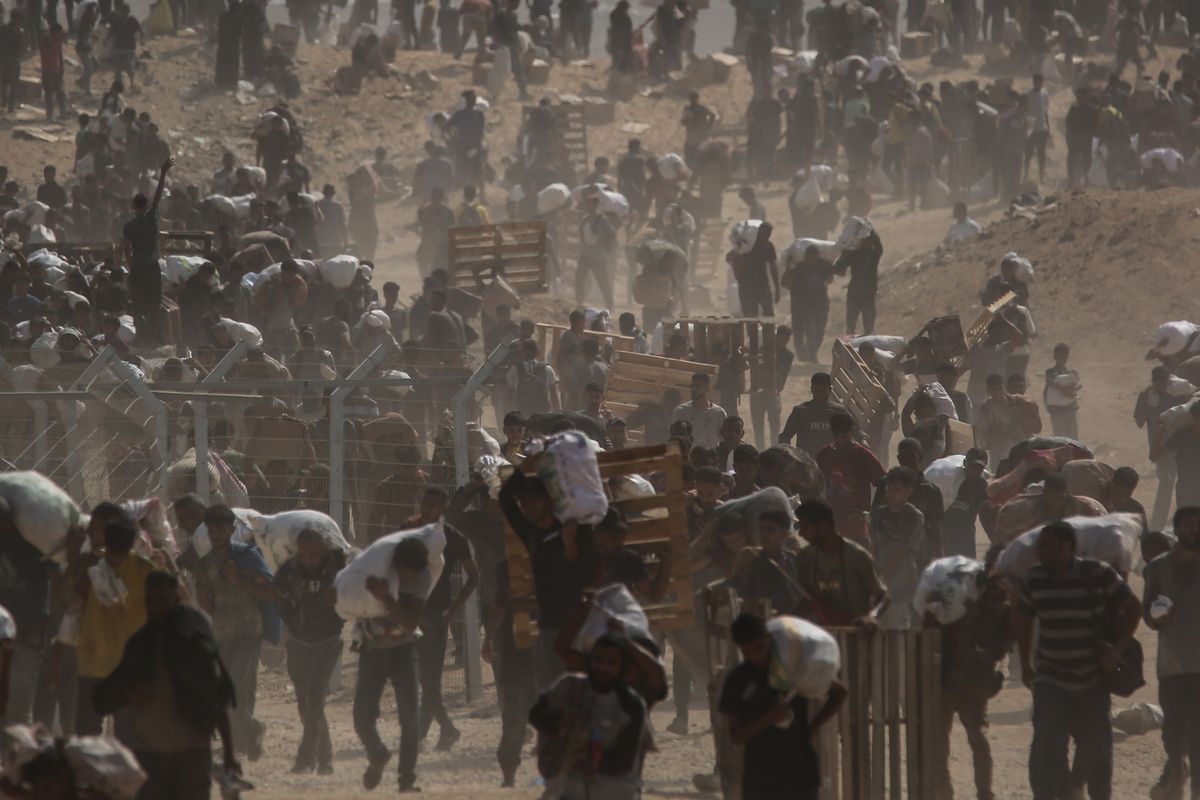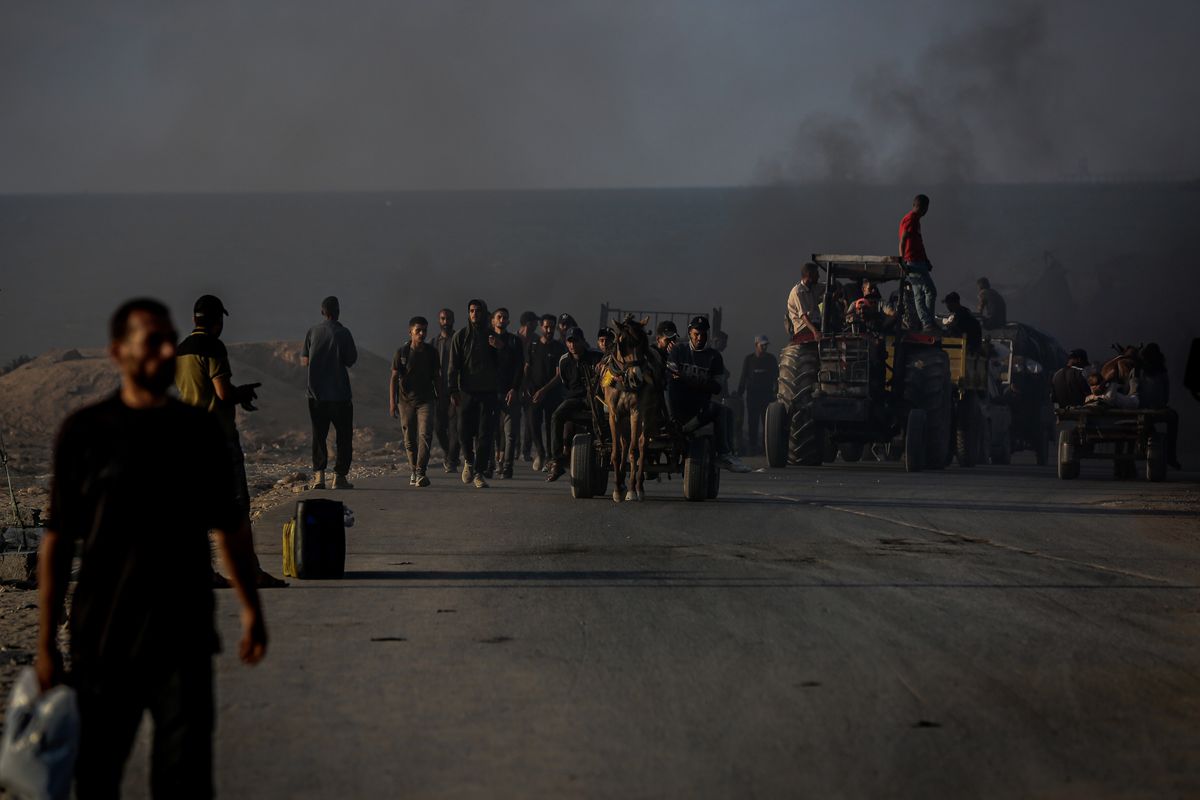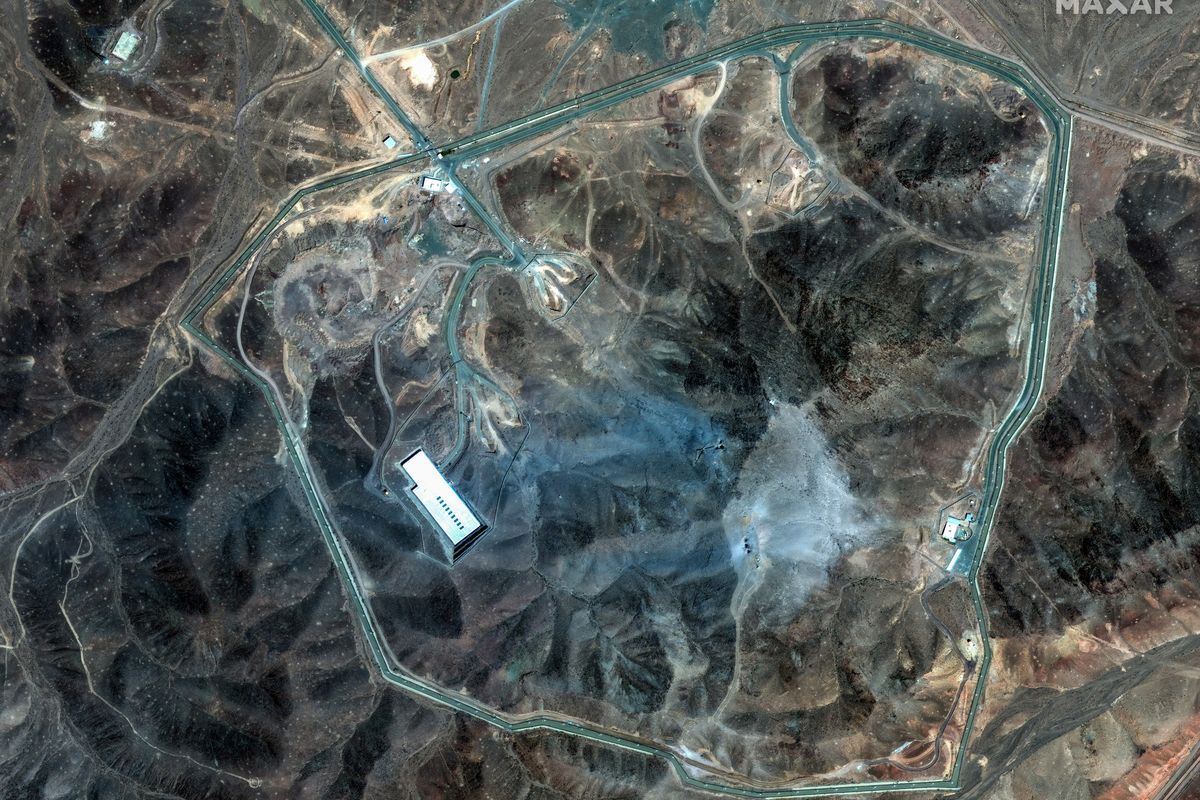As part of the Iran deal, international sanctions prohibiting Iran from purchasing and selling conventional arms and ballistic missile systems will be lifted in the next 5-8 years. The repercussions for global security are far-reaching, and the removal of these sanctions probably will help Iran upgrade its defense and offensive capabilities, benefit Russia and China, and possibly trigger a regional arms race.
1. Tehran will improve its defense capabilities, raising the cost of any future military action against Iran. Once the embargoes are lifted, the Iranian government will likely seek to acquire several advanced weapons technologies—such as the Russian S-300 surface-to-air missile system, Chinese JF-17 and J-31 fighter jets, and Russian and Chinese cruise missiles, according to press accounts and statements by Russian government officials. The S-300 is particularly worrisome because it would shield Iran from an attack by countries without stealth fighter jets, such as Israel.
2. Iran will be able to import advanced missile systems, which may help Tehran eventually build a more powerful nuclear weapon. Iran has previously attempted to modify its Shahab-3 medium-range ballistic missile to carry a nuclear warhead. Under the agreement, Iran could import more advanced missiles and adjust them in a similar fashion. When the deal expires, Iran could attach the nuclear material it produces to one of these advanced missile systems, creating a more lethal weapon.
3. Russia and China probably will rush to sell Iran weapons. In 2007, Russia agreed to sell Iran an older version of the S-300 for approximately $800 million, but sanctions prevented the deal’s completion. Today, Russia could sell Iran an updated S-300 platform for as much as $2-3 billion, based on estimates cited in press. From 2006 to 2010—when international sanctions on Iranian arms and missiles were adopted—China provided Iran with $312 million worth of weapons, mostly in the form of short-range anti-ship cruise missiles, according to press accounts. China probably will look to sell Iran its JF-17 aircraft at roughly $25 million per unit and its advanced J-31 fighter for even more money.
4. Iran will be able to increase support to its proxies, potentially triggering a regional arms race. Iran will be able to transfer additional funds, arms, and missiles to the Syrian government, Hezbollah, Hamas, and proxy groups in Yemen and Iraq, possibly leading to a broader buildup in the region. To allay allies’ fears, the White House has agreed to a series of new defense contracts with Israel, Saudi Arabia, and the Gulf states.
Bennett Seftel is an analyst at The Cipher Brief.











